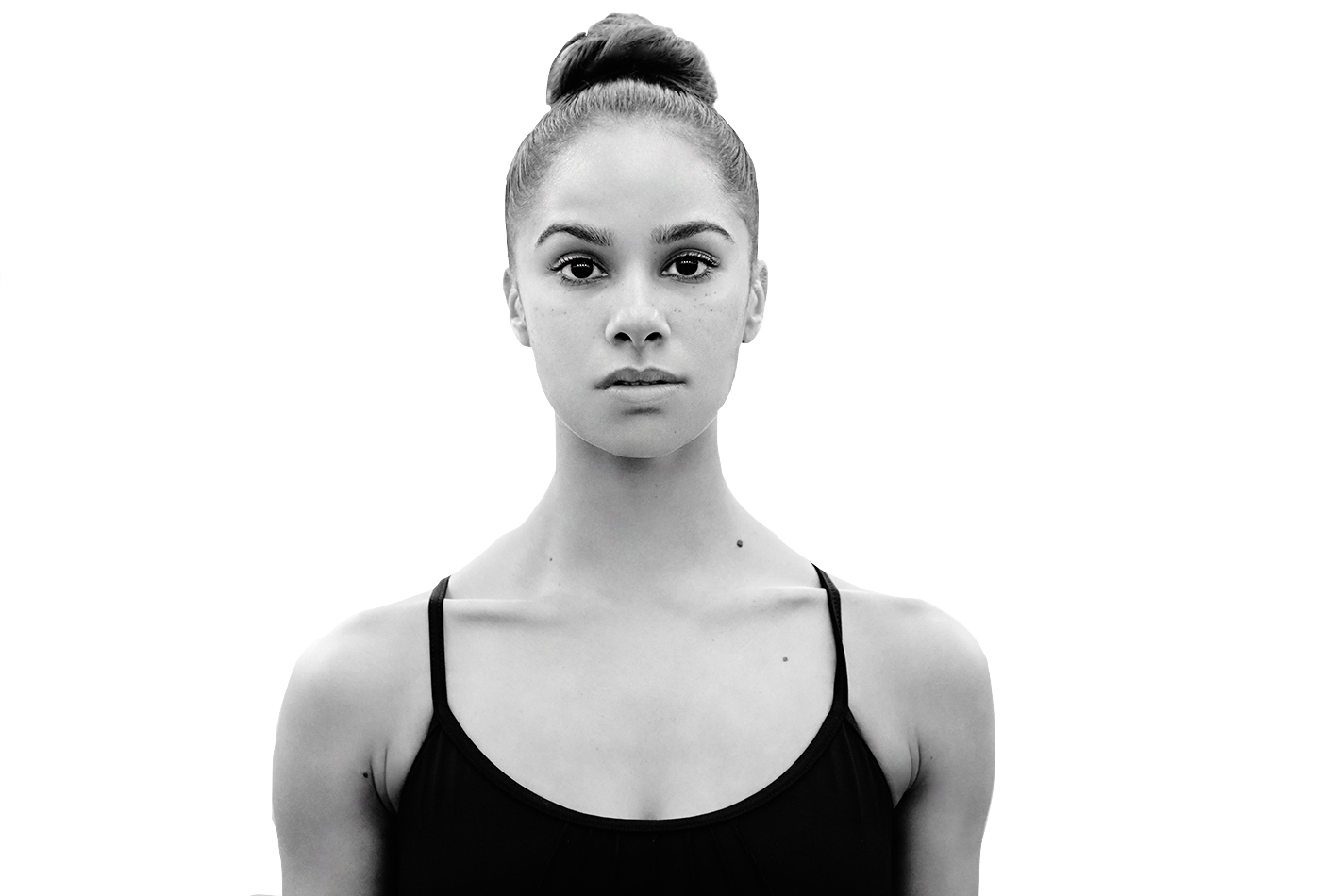No Regrets
.jpeg)
“Every damn thing you do in this life, you have to pay for.” – Édith Piaf
The Musée Édith Piaf (opened 1977)
Paris, France
The blind poet, John Milton, illustrated insight into the human condition with his statement, “The anguish of the singer makes the sweetness of the strain.” A chanteuse who proved his words was an alchemist whose songs dwelled on the permanence of love, the impermanence of lovers. To step into her world- whose dragon at the gate is a break-the-mold docent- enter the Musée Édith Piaf.
I Did What I Could (1985)
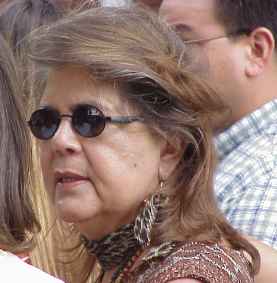
Rainbow (1860)
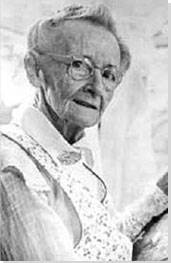
Loved By Others
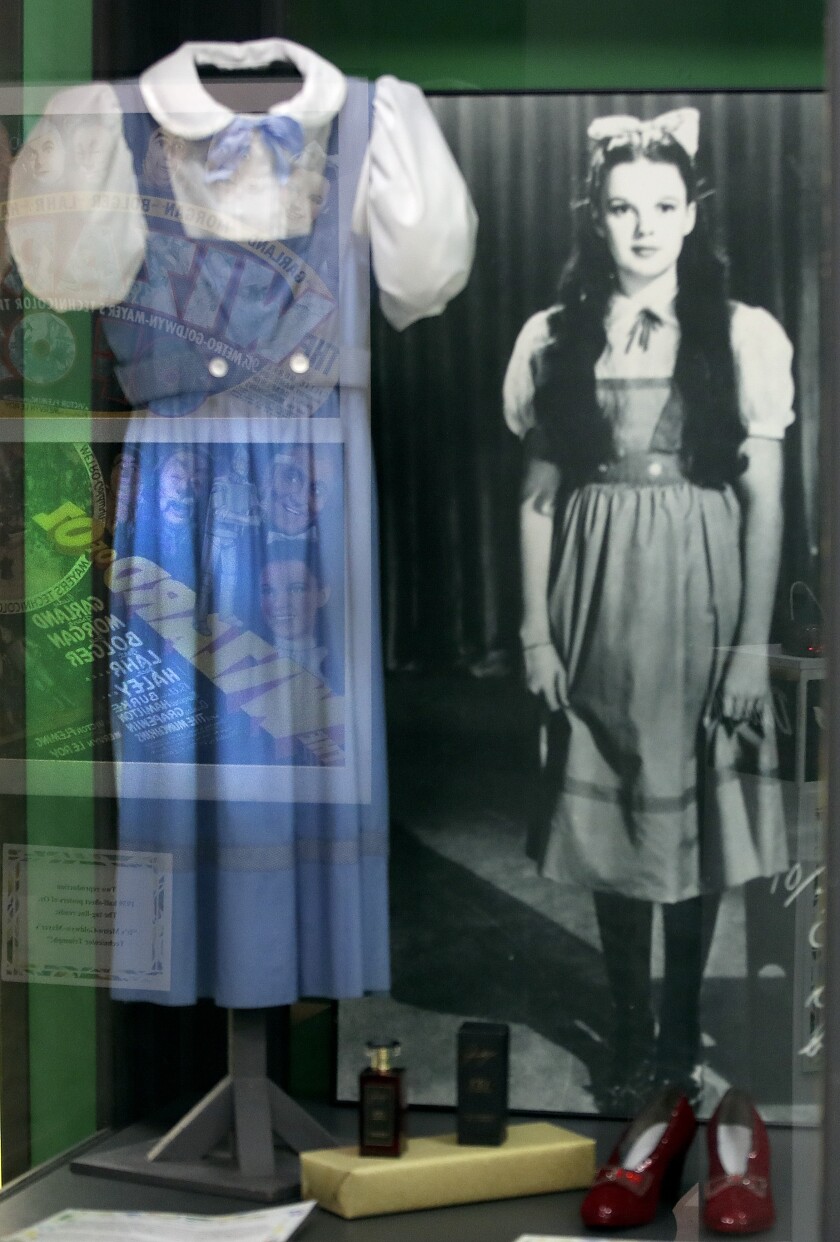
“I believe in the idea of the rainbow. And I’ve spent my entire life trying to get over it.”
Judy Garland Museum (opened 1996)
Grand Rapids, Minnesota
In Frank L. Baum’s novel, The Wonderful Wizard of Oz, Dorothy told the Scarecrow, “There is no place like home.” For Judy Garland, the star of the book’s movie adaptation, home was in the picturesquely named city of Grand Rapids. To pay tribute to the actress and to the childhood classic, one can follow the yellow brick road to the Judy Garland Museum.
Mariposas
.jpeg)
“When injustice becomes law, rebellion becomes duty.” Minerva Mirabal
Casa Museo Hermanas Mirabal (opened 1994)
Tenares, The Dominican Republic
A Hans Christian Anderson story proved prescient in the lives of the Mirabal sisters. In his fairy tale a butterfly stated, “Just living is not enough. One must have sunshine, freedom, and a little flower.” The sibling’s childhood home, the Casa Museo Hermanas Mirabel, resonates their courage.
God's in. His Heaven
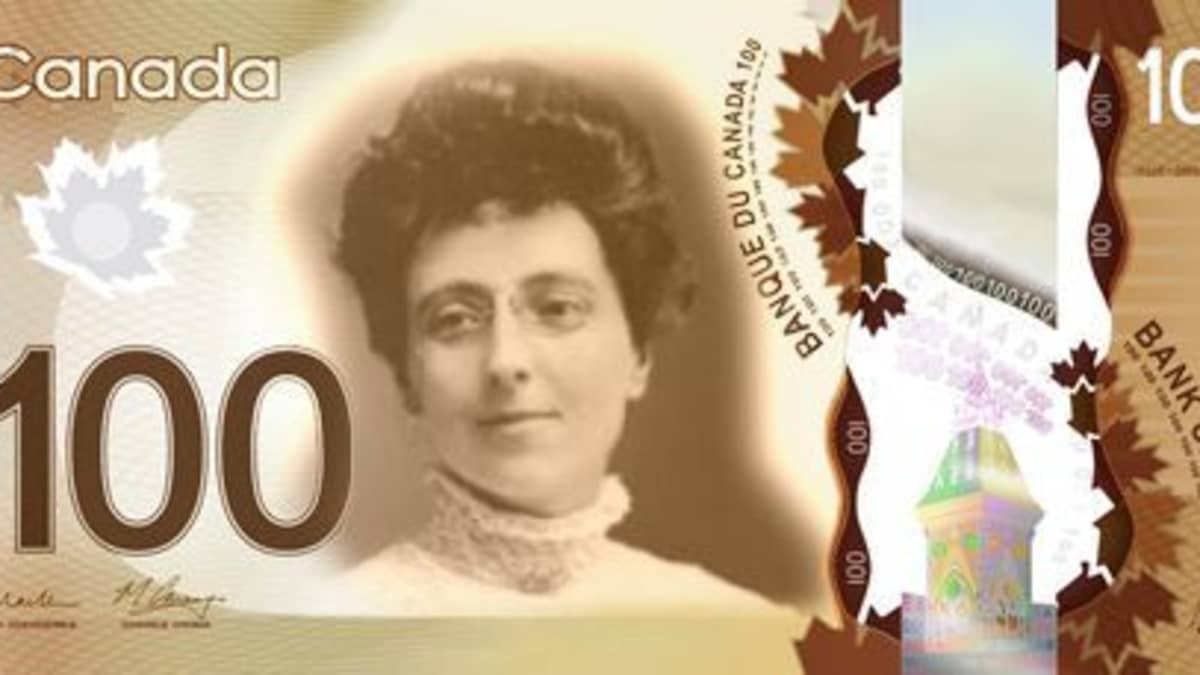
“I like imagining better than remembering.” L. M. Montgomery
The Anne of Green Gables Museum (opened 1972 )
Prince Edward Island, Canada
There must be something about a gabled house that sets the literary juices flowing. Nathaniel Hawthorne, inspired by one in Salem, Massachusetts, wrote The House of the Seven Gables, a residence haunted by the injustice of the witch trials. Lucy Maud Montgomery’s cherished residence in Maritime Canada gave birth to Anne of Green Gables, the tale of the triumphs and tribulations of an orphaned girl. For the legions who love the Montgomery series, The Anne of Green Gables Museum makes for an irresistible mecca.
Hell on Wheels (1908)
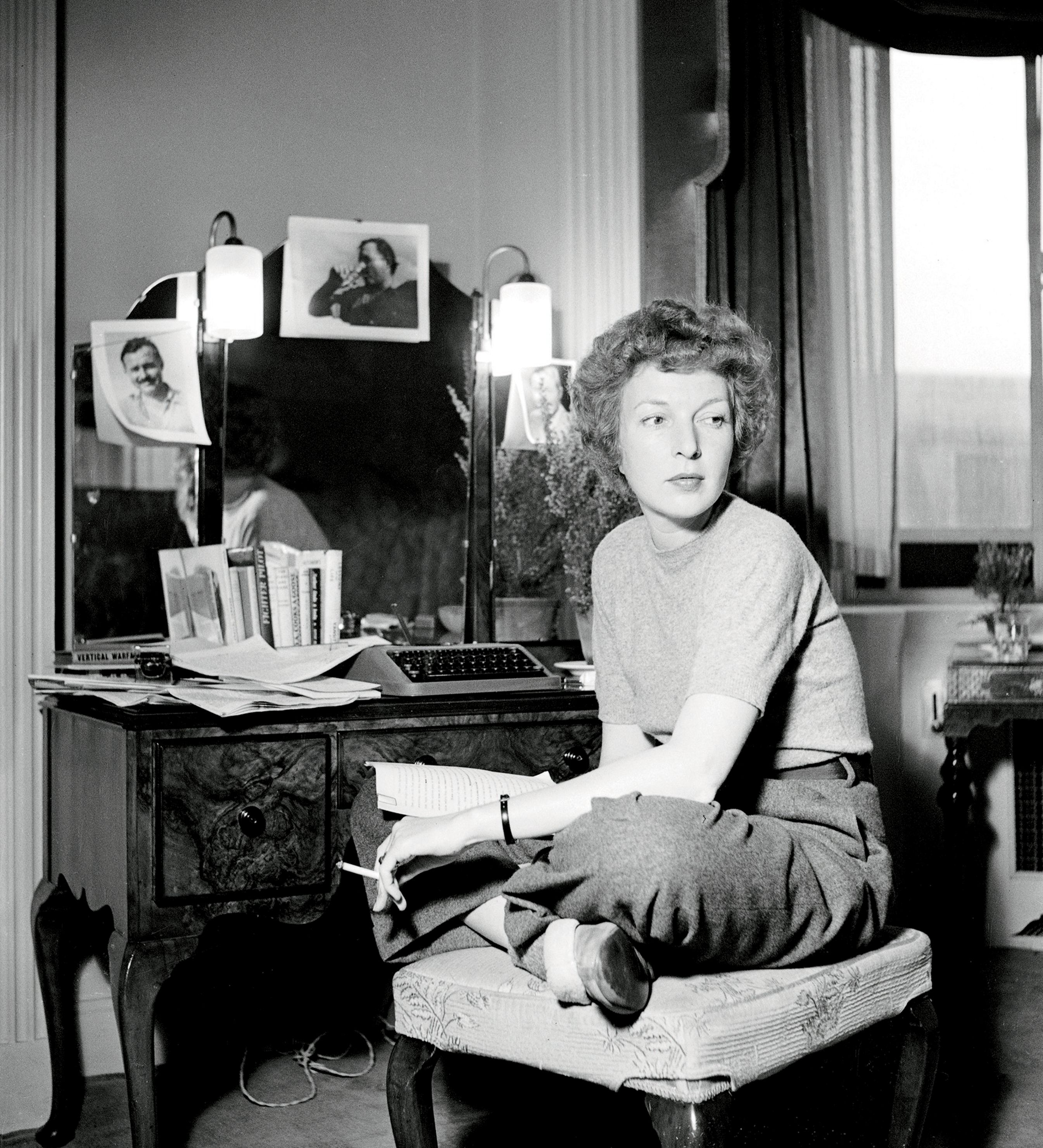
“Travel is compost for the mind.”
A song by the Swedish pop group, ABBA, revolves around lovers; their time together made more poignant by the fight for freedom raging under a star-lit sky set against the roar of canons, the retorts of gunfire. The non-fictional “Fernando” was an eminent American journalist covering a civil war with the woman who shared his bottle and bed.
Do Not Pass Go (1904)
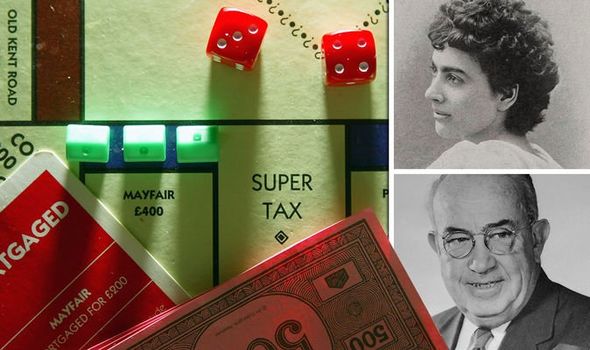
Mary Lincoln House
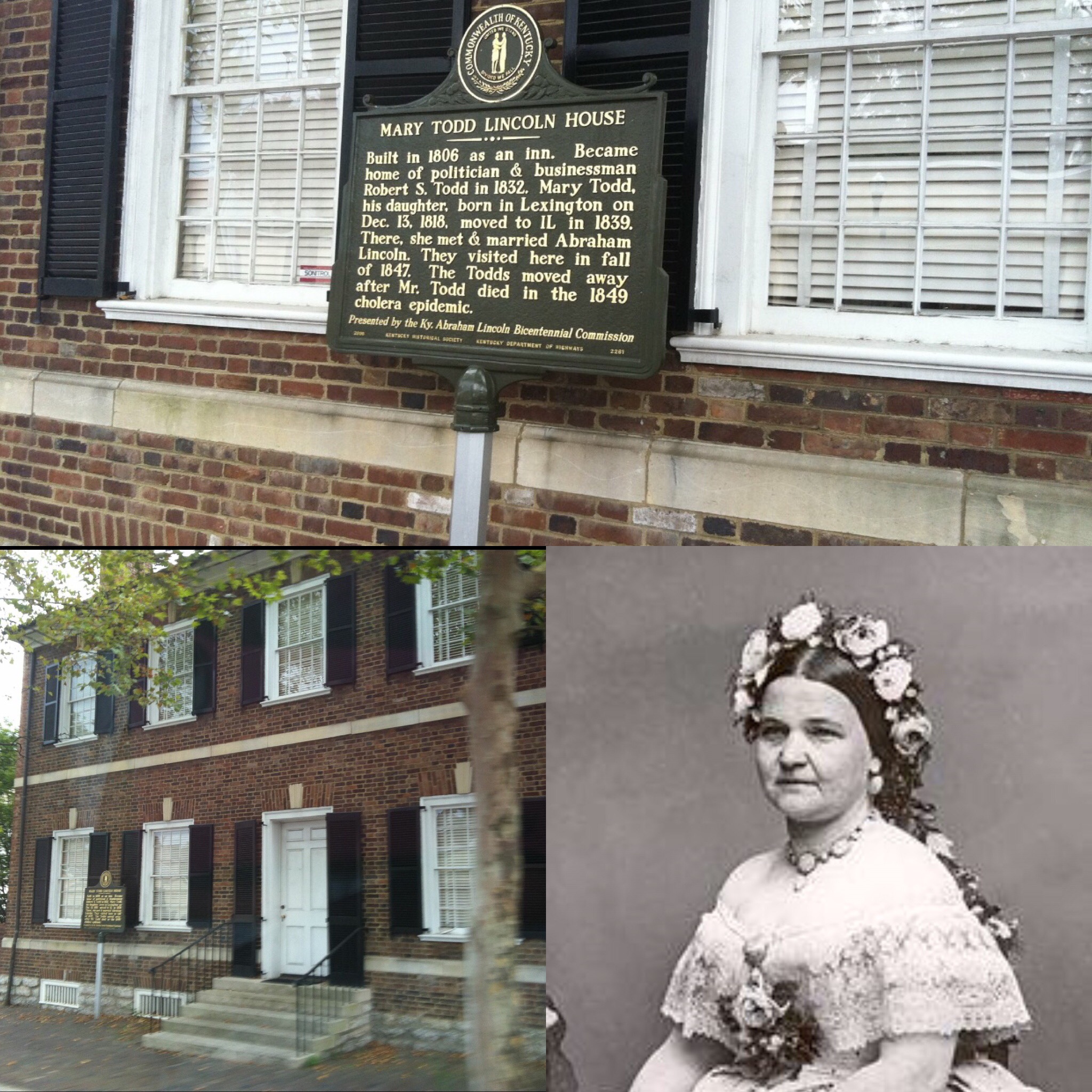
Eternal
“I am bound to the earth with sorrow.” Mary Todd Lincoln after the assassination
Mary Todd Lincoln House (opened 1977)
Lexington, Kentucky
Stephen Foster’s signature song, “My Old Kentucky Home,” expresses a slave’s longing to be reunited with his family in his far away blue grass state. Trapped in the eye of the Civil War storm, Mary Todd Lincoln also pined for her old Kentucky home. To walk the same halls as Mary and President Lincoln, one can tour the Mary Todd Lincoln House.
The Betsy Ross House
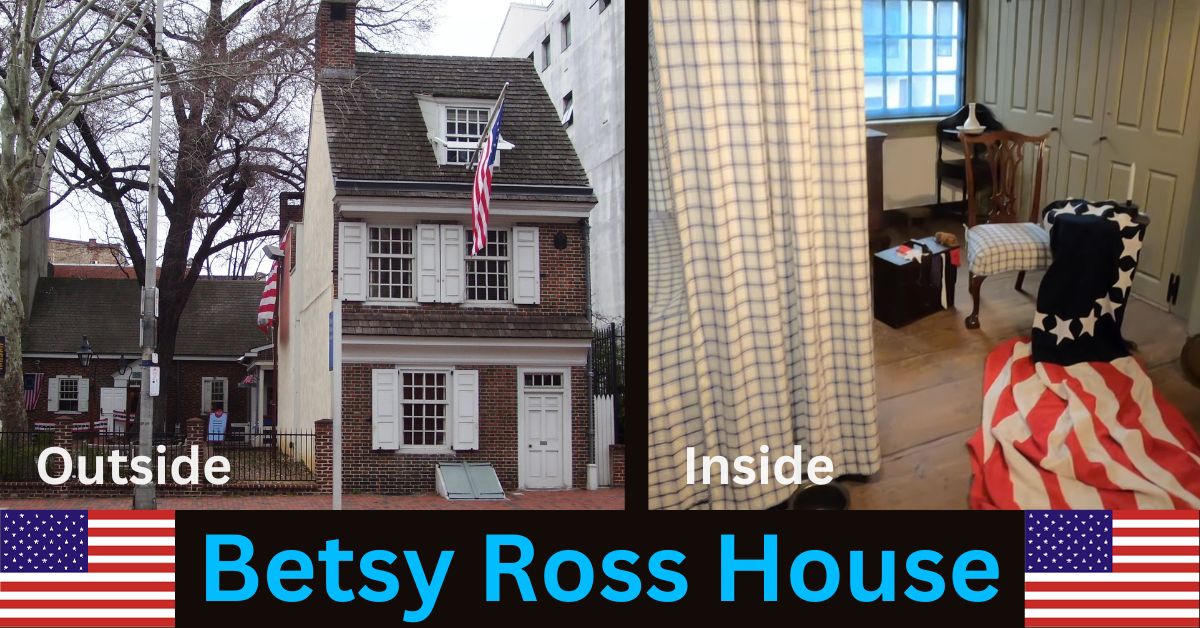
Chapter # 2: Minerva D
The Betsy Ross House (opened 1937 )
Philadelphia, Pennsylvania
“I am not certain if I can. At least I’ll gladly try.” Betsy Ross
Within the stripes of the American flag lies a treasure trove of history, mystery, and controversy. “Old Glory” appears in fifty states and on the moon; thousands have died fighting for or against it. The Marines raised the Stars and Stripes to commemorate the victory in the Pacific; the draft-dodgers burned it in protest of the military in Southeast Asia. As the Twin Towers crumbled, three New York City firefighters rigged a makeshift flagpole and hoisted the symbol of resilience. Millions visit the Betsy Ross Home to pay homage to the universal icon.
“Quand Même” (1844)
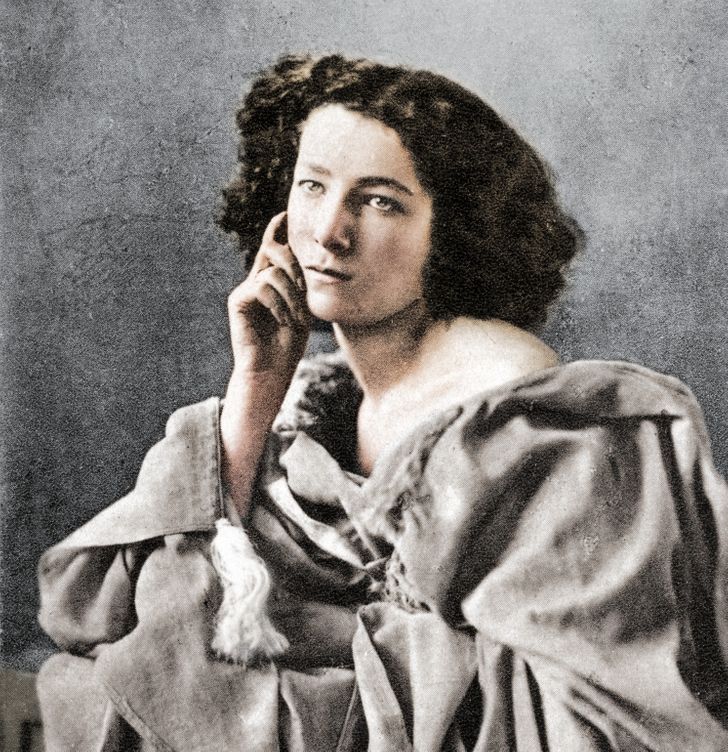
“Slow down? Rest? With all eternity before me?”
Used a letter holder named Sophie made from a human skull? Check. Accessorized with a stuffed bat? Check. Slept in a coffin? Check. And the woman who could answer in the affirmative to these questions was also the possessor of the honorific “Divine.”
Warmed the World (Val- Kil Cottage Museum opened in 1984)

Hike! (1936)
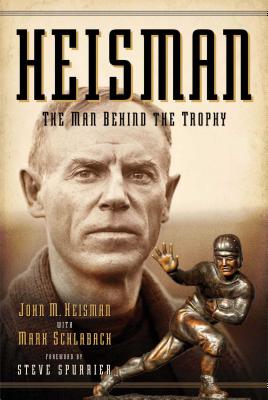
The poet, A. E. Housman wrote, “In the spring a young man’s fancy lightly turns to thoughts of love.” In the world of football, a young man’s fancy turns to thoughts of the Heisman Trophy, the most prestigious in college sports. But what even the most fanatic of fans may not know is the namesake of the award: Coach John Heisman, (nicknamed Doc.)
This Little Light of Mine (1917)
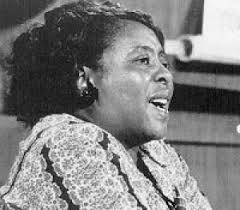
As Susan B. Anthony lay dying, she spoke to her fellow suffragettes, “With women such as you, failure is impossible.” A year after her passing, in 1920, women were allowed into the polling station, an act that had oncce led to Anthony’s arrest. However, in the Deep South, despite the 15th Amendment, Jim Crow prevented the disenfranchised from voting, determined to keep poor blacks in their place-the bottom of the social hierarchy.
Pick Up Your Feet (1955)

Lobster (1994)

“Oh, I’m sorry. Did my back hurt your knife?”
The 18th century Tivoli Fountain in Rome is forever associated with the image of Anita Ekberg frolicking in its water in a scene from Federico Fellini’s La Dolce Vita. A far different, but equally iconic fountain appears in the opening credits of the television series Friends in which six Manhattan Musketeers sport in the water to the backdrop of the lyric, “I’ll be there for you.”
After All (1970)
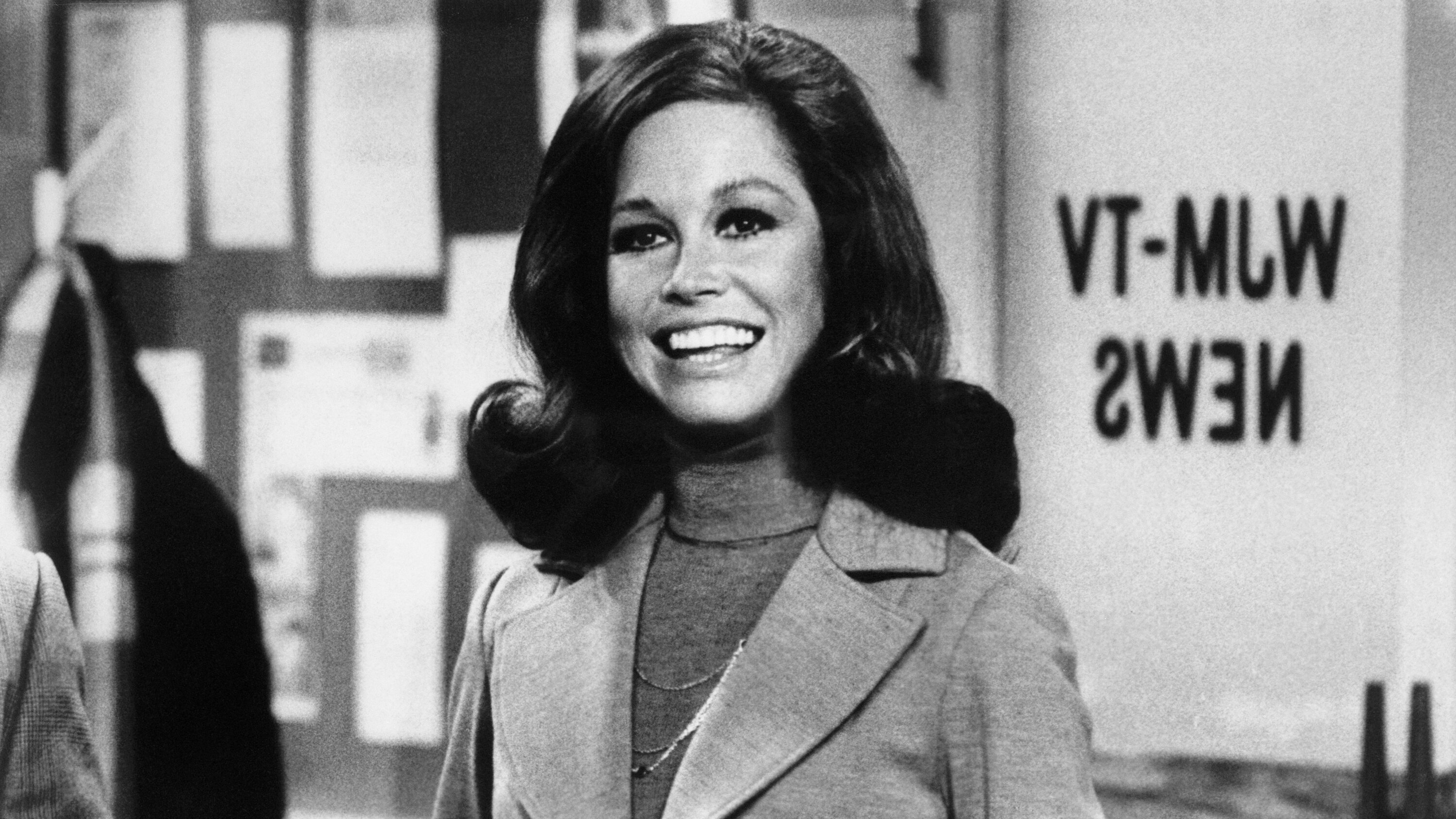
Mr. Bojangles (1928)
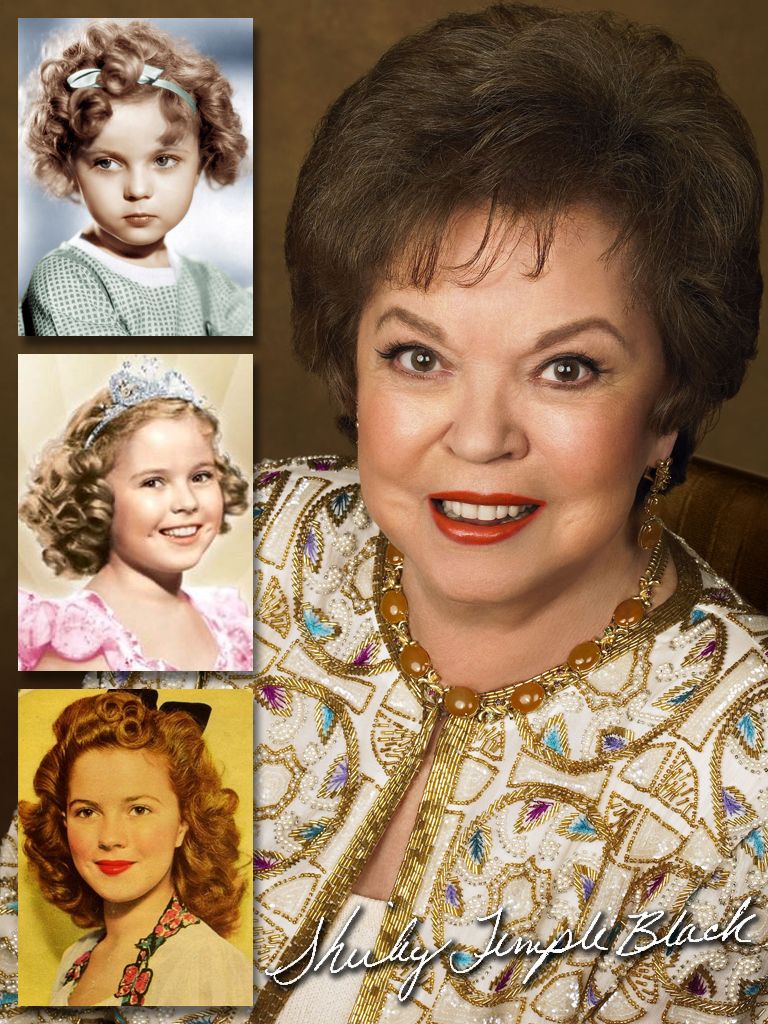
Viva La Causa (1930)
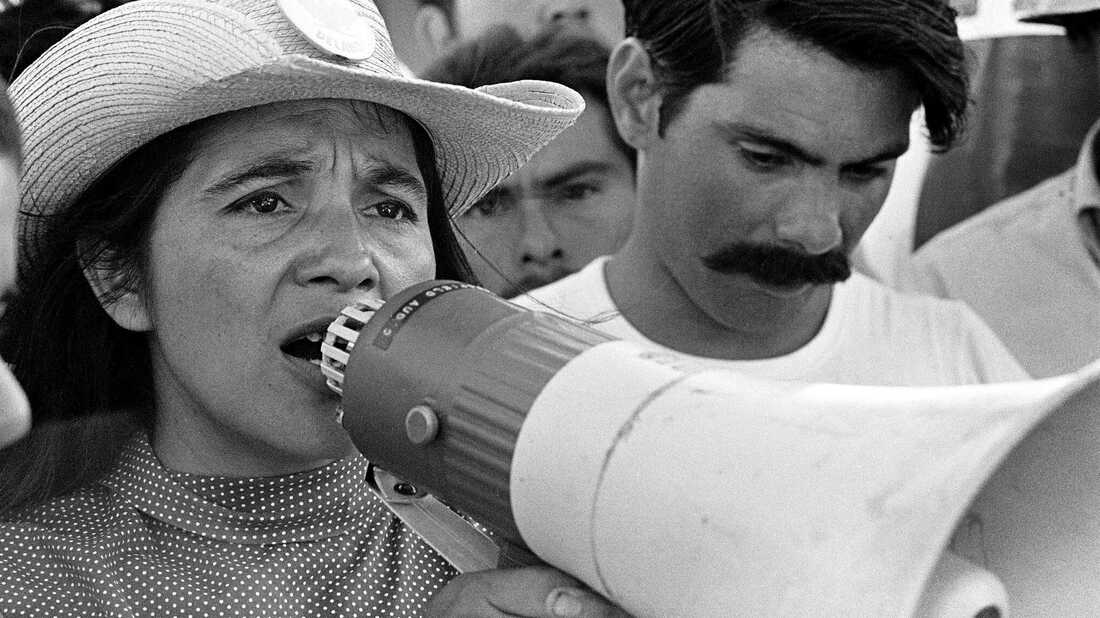
I Will What I Want (2015)
